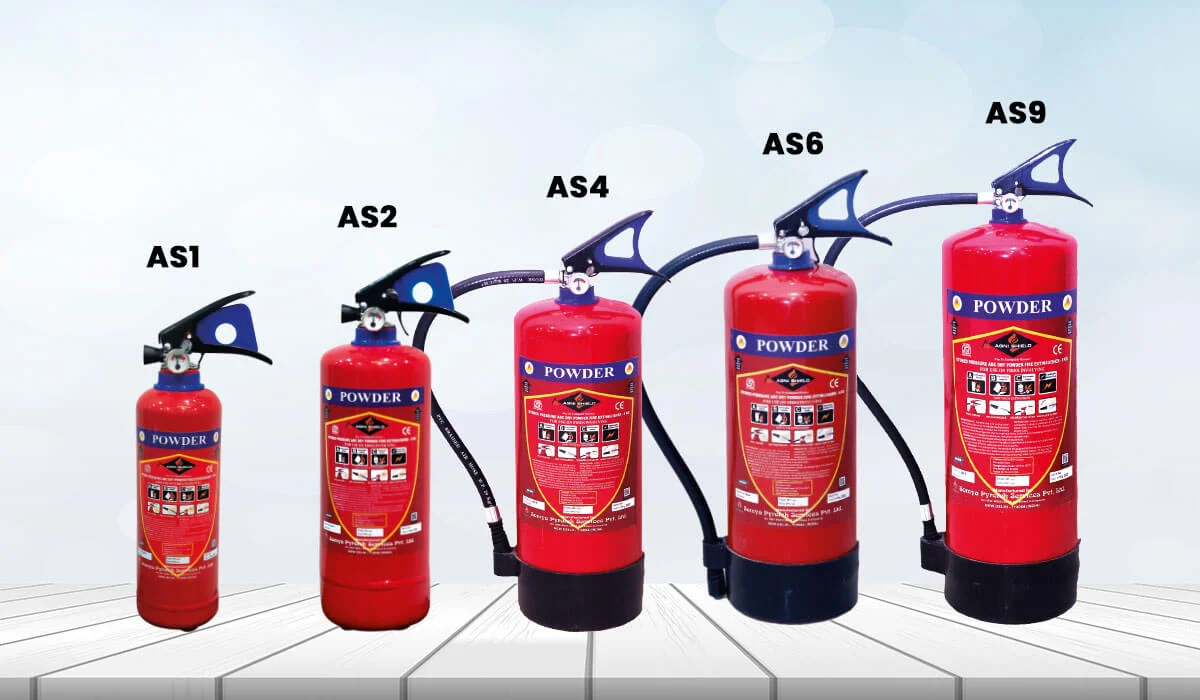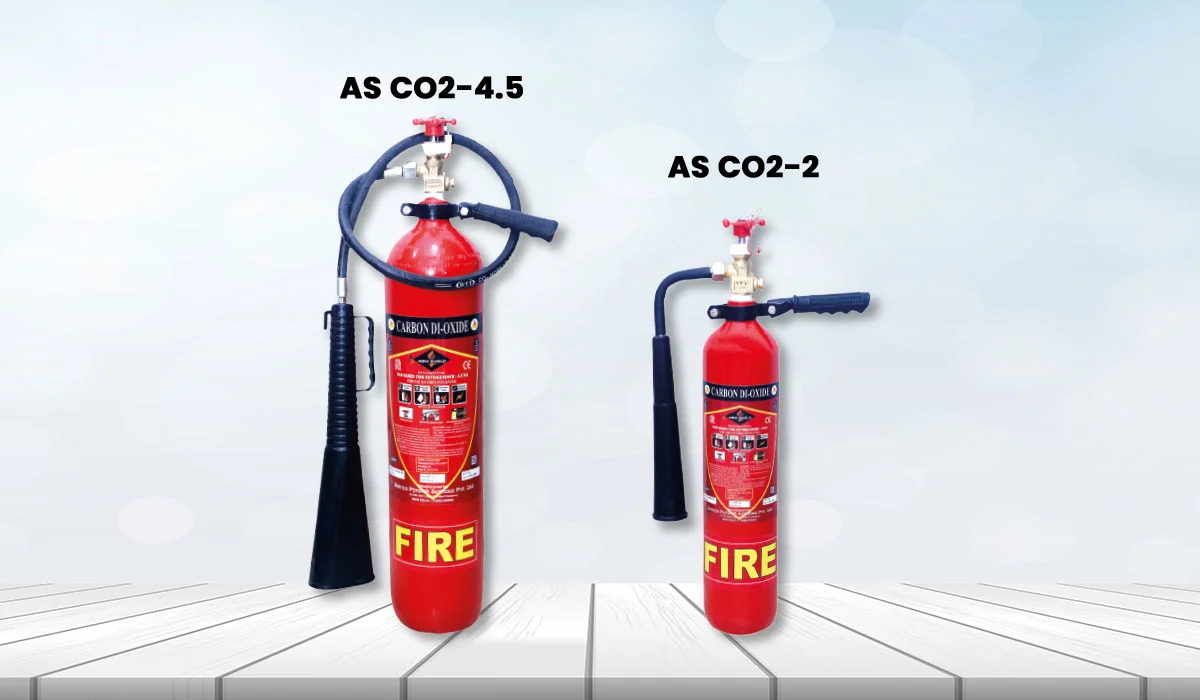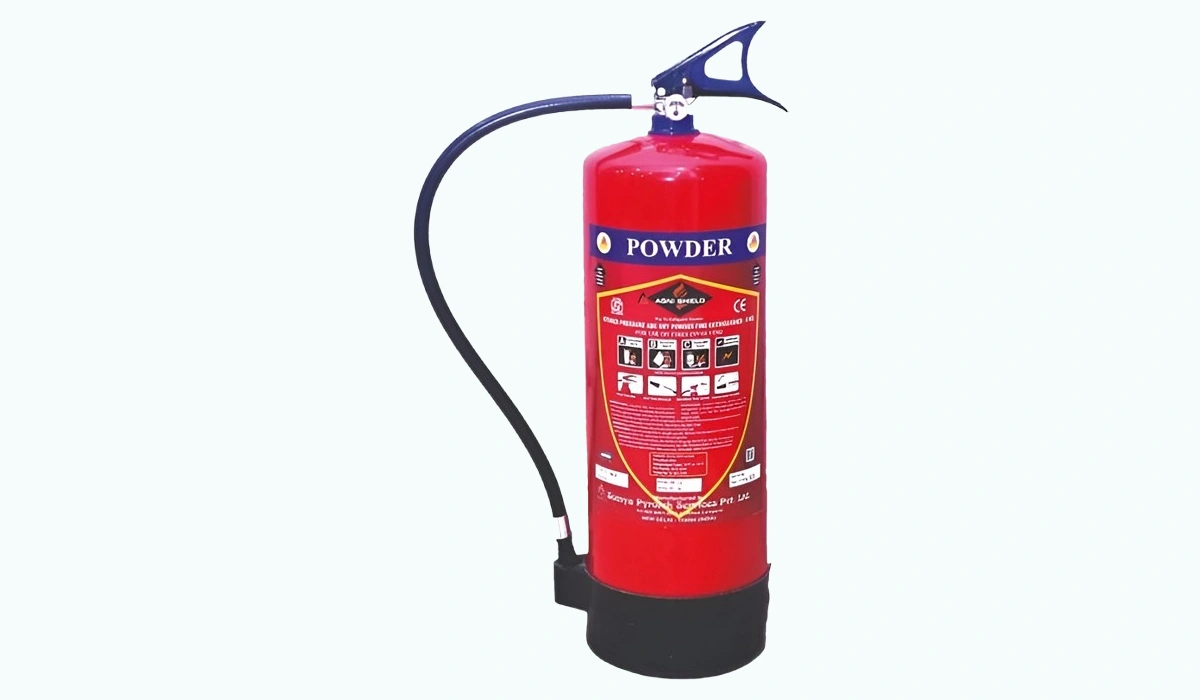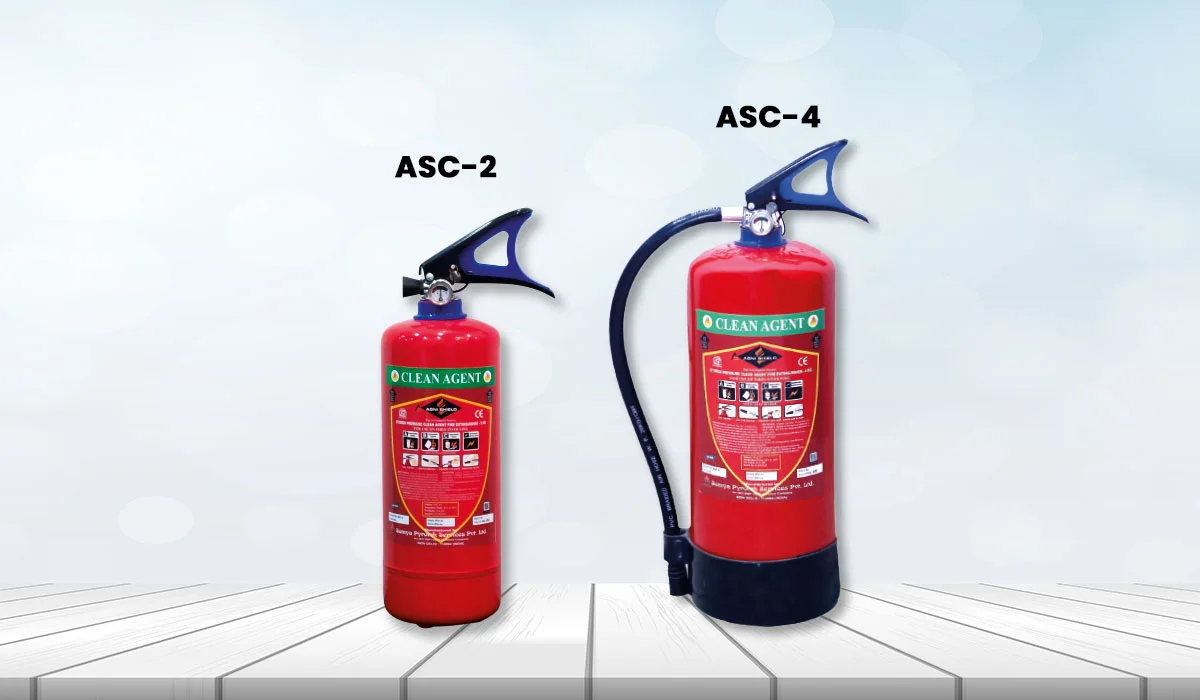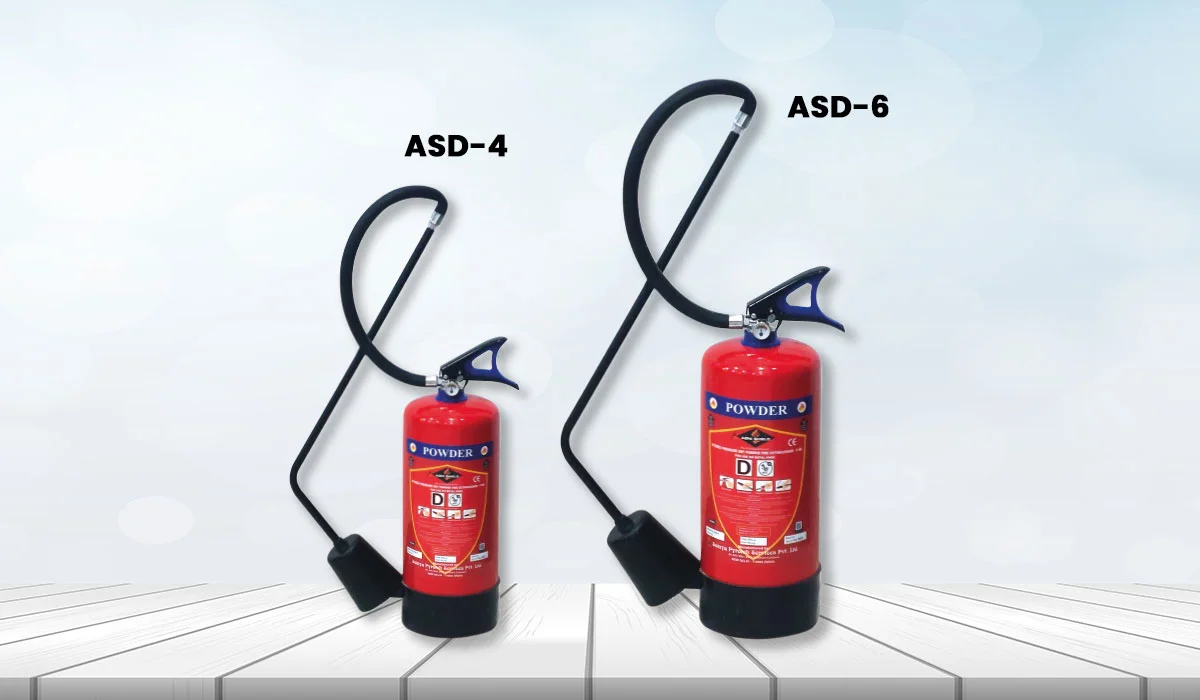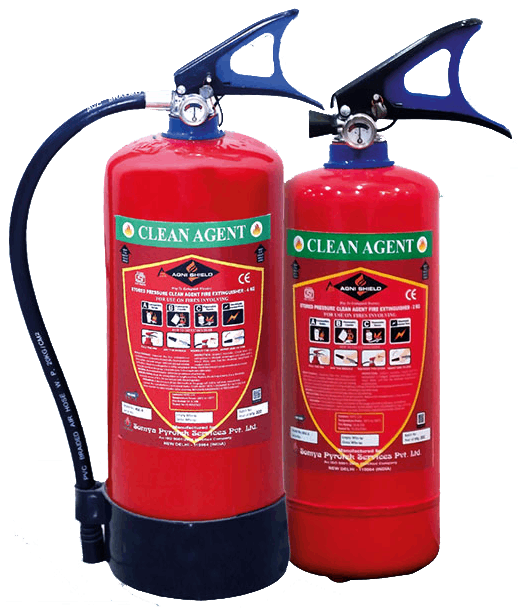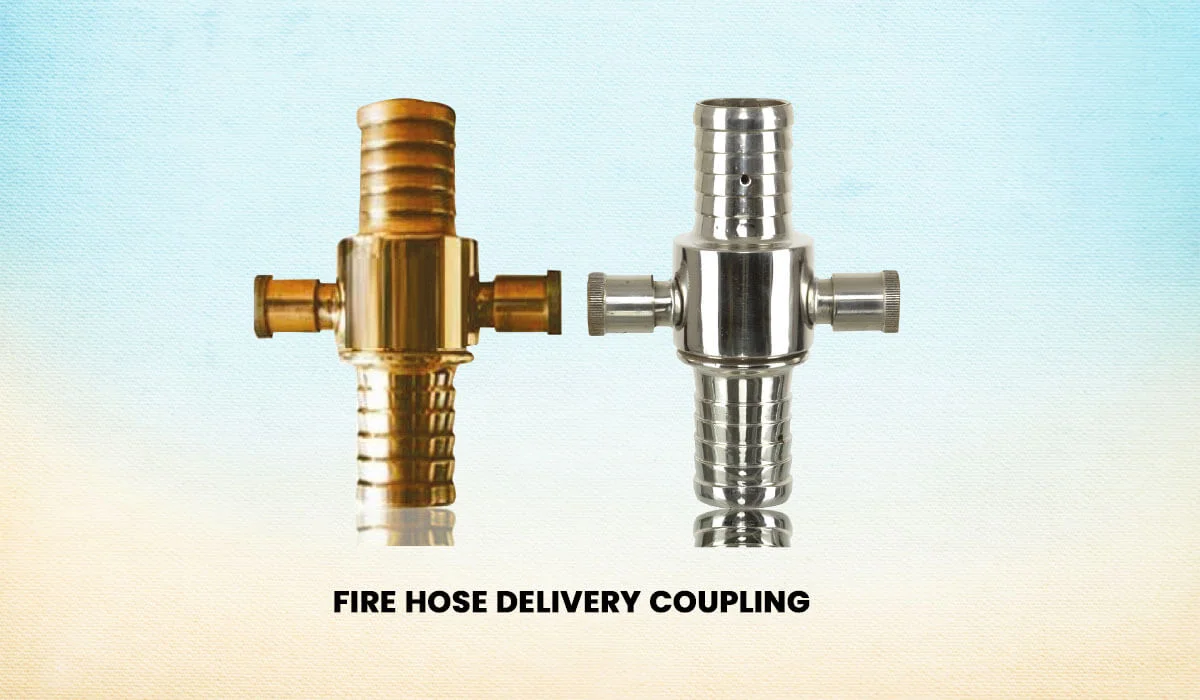
Fire Hose
Price:
Product Specification
- Type: Single jacket / Double jacket / Rubber-lined / Synthetic-lined
- Working Pressure: 8 bar to 20 bar
- Temperature Range: -20°C to +60°C
Product Description
A fire hose reel is a versatile and flexible tube that firefighters use to discharge water or other fire extinguishing agents to extinguish fires. Furthermore, this fire hose delivery coupling is designed to withstand high pressure. Likewise, it allows users to deliver extensive volumes of water rapidly and efficiently to the fire scene.
Application Areas of the Fire Hose
- Firefighting Department
- Residential Properties
- Airports
- Industrial Sectors, such as Factories, Refineries, and Chemical Plants
- Construction Sites
- Warehouses & Storage Units
- Shopping Malls & Complexes
- Food Industries
- Petroleum and Gas Plants
- Marine and Ships
- Power Plants, such as Thermal, Hydro, or Nuclear Facilities
- Educational Institutions
- Hotels & Resorts
- Hospitals
- Event Venues and Stadiums
- Mining Industries
- Agricultural Farms
Key Features of the Fire Hose
- Fire hoses are constructed to withstand high water pressure (usually a maximum of 20 bar or even higher), and this helps in extinguishing powerful fires.
- The external cover is typically made of synthetic fibers, such as nylon or polyester, which help resist abrasion, chemicals, and weather conditions.
- Although tough, fire hoses are constructed to be flexible and relatively lightweight, making them easy to carry and deploy quickly.
- It is suitable for use with various kinds of couplings, such as Storz, NH, BSP, etc., for rapid and reliable hose connections in multiple environments.
- It is operable across a broad temperature range, usually -20°C to +60°C, which fits both cold and hot operating conditions.
- It is designed to withstand kinking and twisting upon use, facilitating a constant water supply even in topographically complex areas.
- The majority of fire hoses adhere to worldwide safety standards, such as IS 636, BS 6391, or UL/FM, to ensure performance and reliability in emergency operations.
Technical Specifications of Fire Hose
| Specification | Details |
|---|---|
| Type | Single jacket / Double jacket / Rubber-lined / Synthetic-lined |
| Diameter | 38 mm (1.5″) / 50 mm (2″) / 63 mm (2.5″) / 75 mm (3″) |
| Length | 15 m / 30 m / 45 m / 60 m (custom lengths also available) |
| Material | Polyester, Nylon, Rubber, Thermoplastic Polyurethane (TPU) |
| Lining Material | Natural Rubber / EPDM / TPU / Nitrile Rubber |
| Burst Pressure | Minimum 30 bar to 50 bar (varies with diameter and material) |
| Working Pressure | 8 bar to 20 bar (standard operating range) |
| Couplings | Instantaneous / Storz / NH / BSP / NHT |
| Weight (Uncharged) | Approx. 3.5 kg to 9 kg (depends on size and type) |
| Temperature Range | -20°C to +60°C (can vary with material) |
| Color | White / Red / Yellow / Blue / Black (color-coded by industry or purpose) |
| Standard Compliance | IS 636 / IS 14933 / BS 6391 / UL / FM / NFPA |
| Kink Resistance | High (especially in double jacket or synthetic hoses) |
| Ozone & Abrasion Resistance | Yes (depending on outer jacket treatment) |
| UV Resistant | Yes, if the outer coating is applied |
| Inner Diameter Tolerance | ± 1.5 mm |
| Elongation Under Pressure | Less than 5% |
| Service Life | 5–10 years (depending on usage and maintenance) |
What are the Benefits Of a Fire Hose?
Here are some vital pointers that provide the impressive benefits of a fire hose. Check it out before purchasing it from the best hose reel drum manufacturers in India.
- Fire hose reels can cover an extensive range of areas with hoses usually up to 30 metres long. Thus, it is one of the beneficial ways to enable the user to reach a fire even in distant parts of the building. The fire hose’s flexibility allows for working beyond barriers, making it possible to control the water flow where it is required.
- It is designed to be a user-friendly product for all consumers. They have a fire hose that can be seamlessly pulled out to the dedicated length and a nozzle that manages the water flow. Therefore, this will ensure that even an individual without knowledge can operate the hose in emergencies.
- A fire hose delivery coupling is designed to offer a continuous and immediate water supply once the hose is slowed down and the valve is opened widely. Nevertheless, this makes them imperative for rapid highlighting of small to extensive fire situations, specifically in industrial and commercial settings.
- The nozzle on a fire hose helps the users to control the water’s direction, pressure, and flow, making it manageable to point directly to the base of the fire and reduce water wastage. However, this control is imperative in stopping the fire from spreading to more areas and protects adequately from unnecessary water damage.
- Fire hoses are not an alternative for professional firefighting services. They deliver an exceptional supplementary measure that can prevent and extinguish small, manageable fires before they escalate into larger, more difficult-to-control fires.
- Fire hose reels are appropriate for fighting Class A fires, which involve standard combustibles, such as textiles, wood, and paper. Nevertheless, this makes them adjustable to multiple environments, including factories, public buildings, and residential apartments.
What are the Disadvantages of a Fire Hose?
Before purchasing fire hose reels from one of the best hose reel drum manufacturers in India, ensure you are aware of the disadvantages of these reels, as well as their benefits. Check it out to know:
- Fire hose reels are quite heavy when they contain water and can be troublesome to manage in case of emergencies.
- Hose lining is prone to cracking, leaking, or becoming brittle if not stored or handled correctly.
- They require periodic checking, drying, and re-rolling, which increases maintenance work.
- Incorrect coupling or connection may cause water leakage or pressure reduction, which can decrease firefighting efficiency.
- During winter, water in the hose can freeze, making it unavailable until it thaws.
- Fire hoses can kink or twist when not properly laid out, constricting the water flow and delaying the response.
- Synthetic and rubber-lined hoses, although resilient, can deteriorate over time due to continuous exposure to UV light or corrosive chemicals.
- When you pull on the rough or sharp surfaces, the outer jacket can rip, causing a shortening of its working lifespan.
- Low-quality or old hoses might not be able to withstand high pressure and may burst under use.
- Prolonged or multiple hoses stored in cramped spaces can be difficult and may result in delays during emergency deployments.
Crucial Maintenance and Inspection Tips for a Fire Hose
Suppose you are considering how to maintain the fire hose reel or fire hose delivery coupling. In that case, we have provided some essential maintenance and inspection tips to help you enhance the durability of your fire hose.
- Ensure to check the fire hose for any possibility of damage or wear after every use. Furthermore, if you notice dust and dirt, you can clean the hose reel with a scrub brush and warm, soapy water, or simply flush the hose with room-temperature water.
- Do not use high-pressure washers with warning signs, as the lining can separate from the fabric if not appropriately managed. Furthermore, you can use normal water pressure to clean the hose reels.
- Don’t store near heat sources in the off-season, especially in winter.
- Do not store the fire hose reels in a container, as they need proper space to breathe, including the off-season.
- Allow hoses to dry, at least somewhat. If the hose is 100 percent polyester, it does not have to be dry, as polyester is not susceptible to developing mold or mildew, which is typically treated to prevent it in all new hoses. Drying is essential if the hose is being stored for the season or will be stored in freezing temperatures.
- Ensure to keep rolled hoses in a safe, flat location.
- Keep hoses stored in a ready-to-use position at all times, in case of an emergency.

